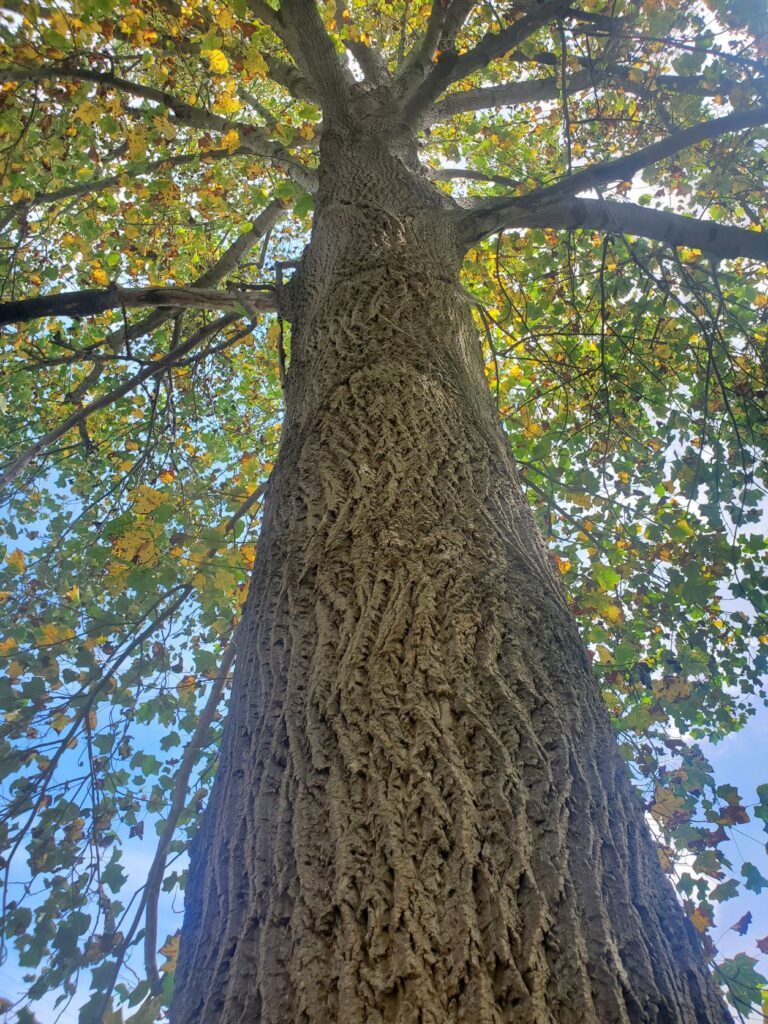Through continued new construction and redevelopment activity in Ocean County, many developers choose to protect mature trees on project sites for a variety of reasons. Mature trees provide essential services, including soil stability, aesthetics, wildlife habitat, noise abatement and oxygen production. The New Jersey Forest Service encourages the protection and care of mature trees, highlighting their many environmental and economic benefits in this brochure. Ensuring the protection of mature trees by limiting areas of project site disturbance minimizes off-site erosion and potential negative downstream water quality effects stemming from surface stormwater runoff. Mature tree root systems are a key component not only for soil structure and stabilization but also for area drainage and water movement through the soil. The NJ Standard for Tree Protection During Construction (9-1) outlines the process of identifying and selecting trees to protect, and provides a roadmap of criteria to be implemented when protecting trees. All criteria should be evaluated before land clearing begins and trees selected for saving are to be clearly marked so they are not lost in the clearing process. The following characteristics are evaluated when determining if a tree should be protected and saved on a project site: tree vigor, tree age, species, resistance to insects and disease, tree aesthetics, spring and autumn coloration, wildlife benefits, air pollution susceptibility, and species longevity.


Once the trees to be saved are selected, a second set of criteria is utilized to ensure their protection during the construction process. First, determine the tree’s Protected Root Zone (PRZ) – the area that extends from the trunk to just beyond the crown of the tree. The purpose of the PRZ is to protect and avoid damage to the tree’s root system. Once the PRZ is determined, ensure fencing/barrier is installed as per Figure 9-3 in the Soil Erosion and Sediment Control Standards. It is important to note that boards are not to be nailed into the tree, feeder roots are not to be cut within the PRZ, and tree limbs may be removed, if necessary, however, no flush cuts are to be made as they destroy the tree’s defense system. If roots are exposed during the construction process, ensure they are covered with topsoil immediately and irrigated if needed. Ultimately, the goal of this standard is to ensure the survival of healthy, longer-lived, aesthetically pleasing, and wildlife essential trees on the project site. If there is ever any doubt regarding tree protection on site, consult with Soil Conservation District staff, a licensed professional tree expert, or with Rutgers Cooperative Extension.
